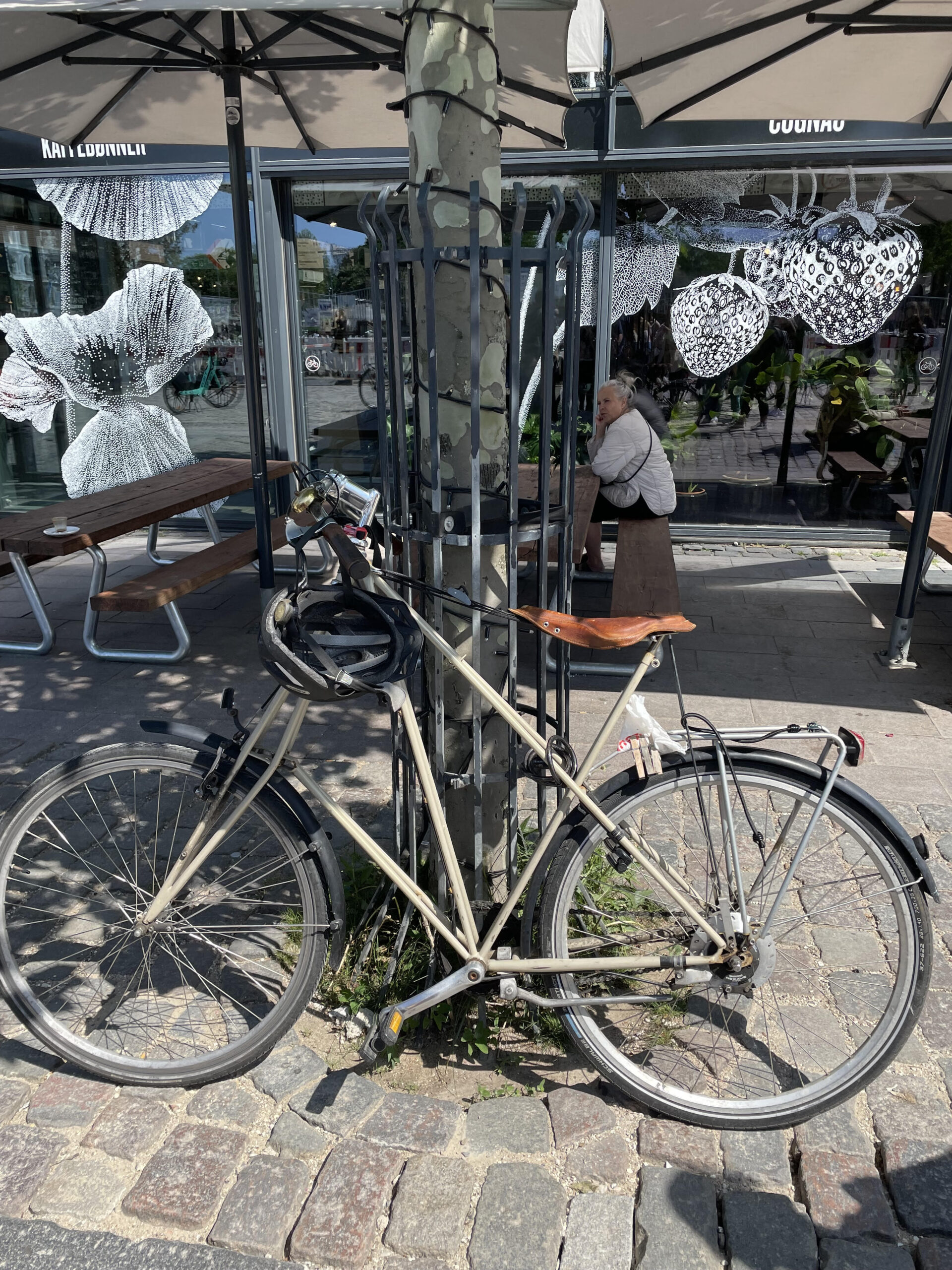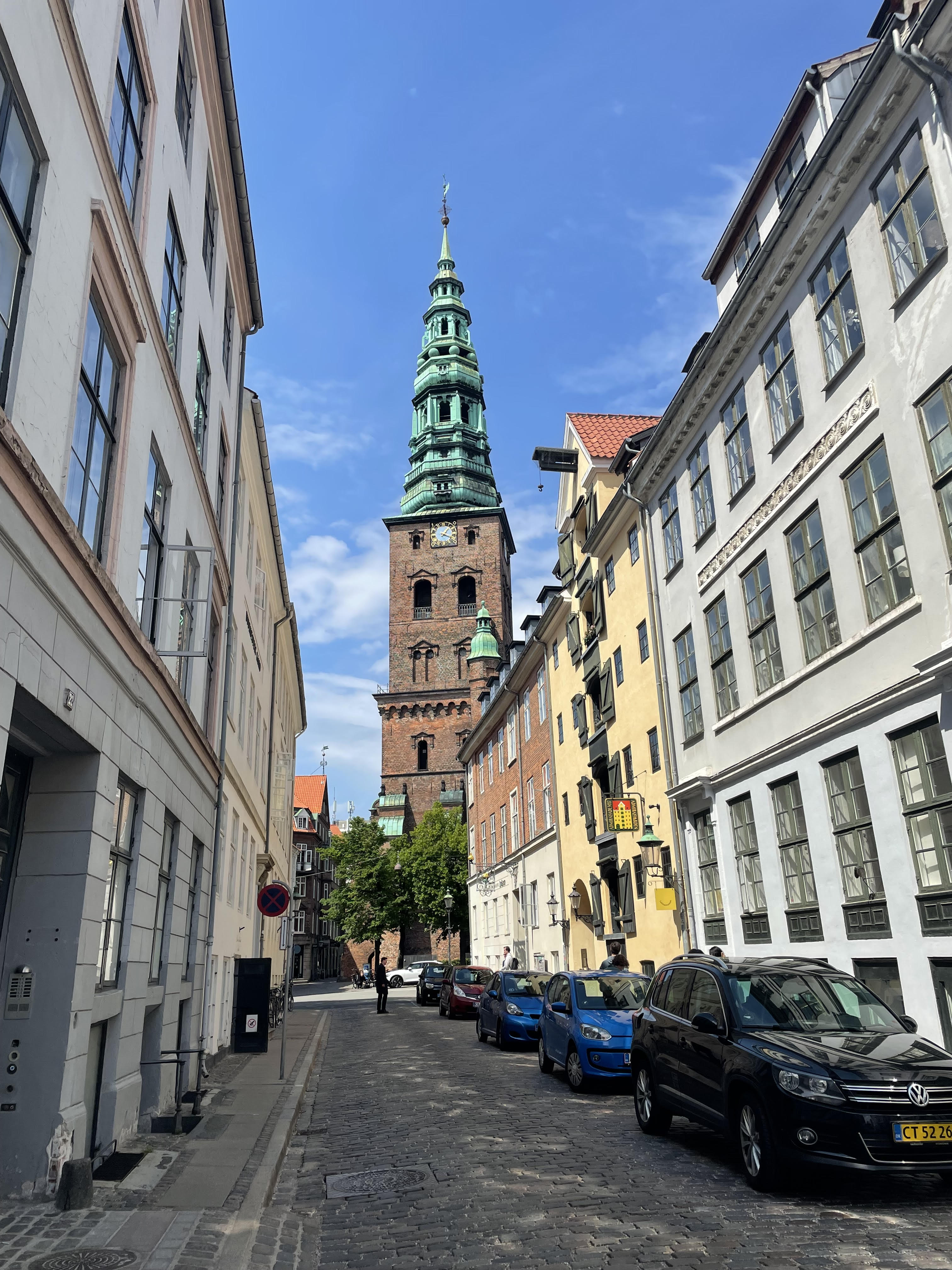
Untitled_1
Hej!
I’ve been taking an Introduction to Danish Language and Culture class (Dansk 1) during my stay for the semester in Copenhagen. Hopefully with more time, I will learn more phrases and be able to share some of this unique language with you all as well. The picture of the bike that I have attached to this blog post is actually quite special, it is one of the oldest models of a bicycle that exists to this day. I have been learning how to become a good road user during my time here in Denmark especially since the biking culture is so popular. In fact, there are more bikes than people in Denmark which is quite funny and not that surprising to me. There are many different words for “bicycle” in Danish because there are so many different designs. Cargo bikes are the main form of transportation that parents use to take their children to and from school. Most children in Denmark start learning how to ride a bike once they are able to walk on their own. You can hardly find a bike with training wheels in Copenhagen. Children start learning how to ride a bike as early as the age of three years old in Denmark. There are several public traffic playgrounds around the country that help allow children to learn traffic lights/signs at a very early age. All bikes must have reflective’s, lights and handlebars to be considered a legal bike. Adolescents with special needs do also ride bikes and have special traffic education. The second photo attached to this blog post is the view from right outside the Hygge (Happiness) Museum in the city center. After visiting this fascinating museum, it got me thinking about what I consider my happy place to be. When I think about my happy place, I usually think of moments I have shared with friends and family. I also think of food. One main thing that I learned at the happiness museum was the politics of happiness and how the ultimate goal of politics should be to improve quality of life for people. Today more and more countries are looking beyond economic growth and adapting new goals for society. Smiling and laughing are part of our non-verbal communication, and both are associated with being happy. According to the ‘belongingness hypothesis’, we have a basic need to feel connected with others and close caring bonds with other people play a major part in our motivation and behavior, this may explain why all of my happy memories are always shared with others. What would you consider to be your happy place?

